Rise of E-commerce Platforms
The proliferation of e-commerce platforms has transformed the way consumers access nutritional products, significantly impacting the Nutritional Food And Drink Market. With the convenience of online shopping, consumers are increasingly turning to digital channels to purchase health-oriented food and drink items. Recent statistics indicate that online sales of nutritional products have surged by over 30% in the past year, reflecting a shift in consumer behavior. This trend is particularly pronounced among younger demographics, who favor the ease of online transactions and the ability to compare products. Consequently, traditional retailers are adapting their strategies to include online offerings, thereby expanding their reach. The Nutritional Food And Drink Market is poised for further growth as e-commerce continues to reshape consumer purchasing patterns and preferences.
Demand for Sustainable Products
Sustainability has emerged as a critical consideration for consumers, influencing their purchasing decisions within the Nutritional Food And Drink Market. A growing segment of the population is actively seeking products that are environmentally friendly and ethically sourced. Recent surveys suggest that nearly 60% of consumers are willing to pay a premium for sustainable food and drink options. This shift towards sustainability is prompting manufacturers to adopt eco-friendly practices, such as reducing packaging waste and sourcing ingredients responsibly. As a result, brands that prioritize sustainability are likely to gain a competitive edge in the market. The Nutritional Food And Drink Market is expected to evolve as sustainability becomes a fundamental aspect of product development and consumer engagement.
Increasing Health Consciousness
The rising awareness regarding health and wellness among consumers appears to be a pivotal driver for the Nutritional Food And Drink Market. Individuals are increasingly prioritizing their dietary choices, leading to a surge in demand for products that promote health benefits. According to recent data, approximately 70% of consumers actively seek out nutritional information before making food purchases. This trend indicates a shift towards healthier eating habits, with a notable increase in the consumption of organic and natural products. As a result, manufacturers are compelled to innovate and reformulate their offerings to align with consumer preferences, thereby enhancing their market presence. The Nutritional Food And Drink Market is likely to witness sustained growth as health-conscious consumers continue to influence product development and marketing strategies.
Regulatory Support for Health Claims
Regulatory frameworks supporting health claims on food and drink products are playing a crucial role in shaping the Nutritional Food And Drink Market. Governments are increasingly recognizing the importance of nutrition in public health, leading to the establishment of guidelines that facilitate the communication of health benefits to consumers. This regulatory support encourages manufacturers to invest in research and development, as they seek to substantiate health claims with scientific evidence. Recent trends indicate that products with verified health claims are experiencing higher sales, as consumers are more likely to trust brands that provide transparent information. Consequently, the Nutritional Food And Drink Market is expected to thrive as regulatory environments continue to evolve, fostering innovation and consumer confidence in health-oriented products.
Innovation in Nutritional Ingredients
The Nutritional Food And Drink Market is experiencing a wave of innovation driven by advancements in nutritional science and ingredient technology. Manufacturers are increasingly incorporating functional ingredients, such as probiotics, superfoods, and plant-based proteins, into their products to meet evolving consumer demands. Recent data indicates that the market for functional foods is projected to grow at a compound annual growth rate of 8% over the next five years. This trend reflects a broader consumer interest in foods that offer specific health benefits, such as improved digestion and enhanced immunity. As a result, companies are investing in research and development to create innovative formulations that cater to these preferences. The Nutritional Food And Drink Market is likely to benefit from this focus on ingredient innovation, leading to a diverse array of health-oriented products.


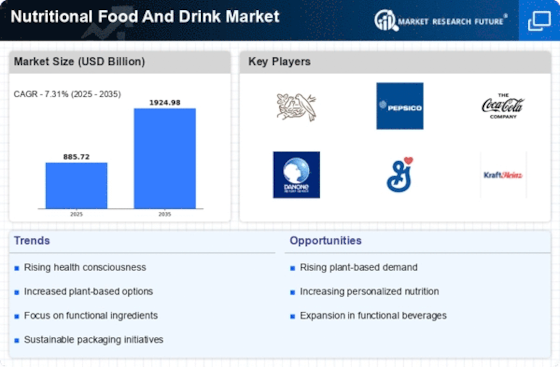
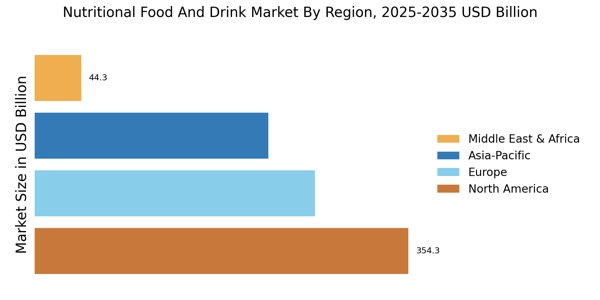
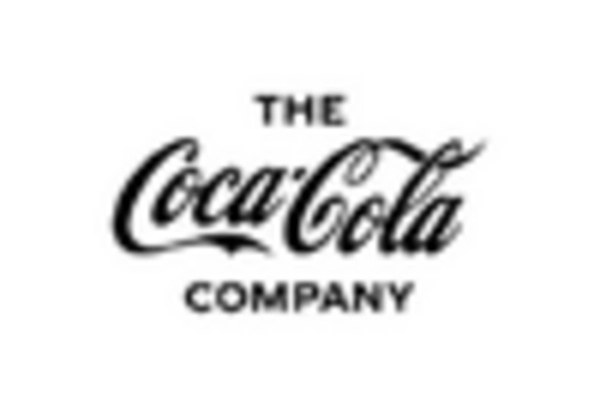
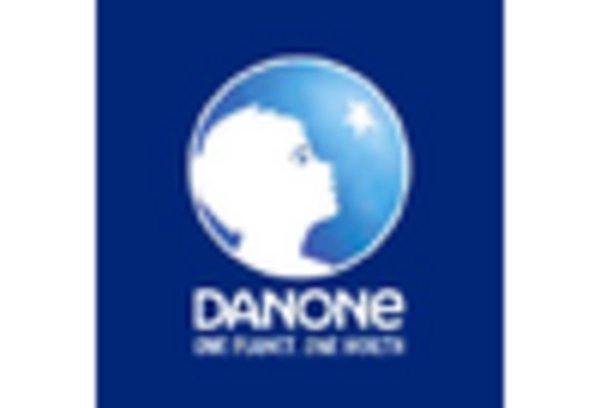
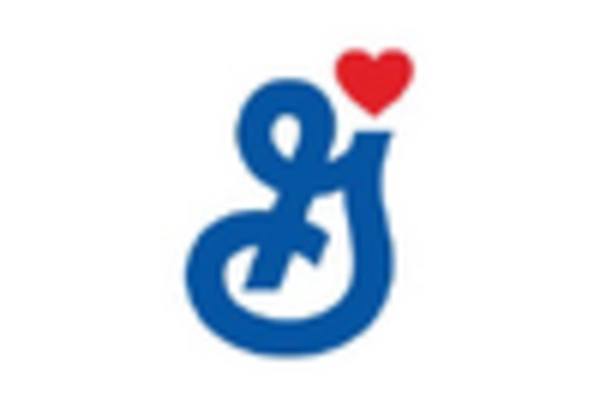
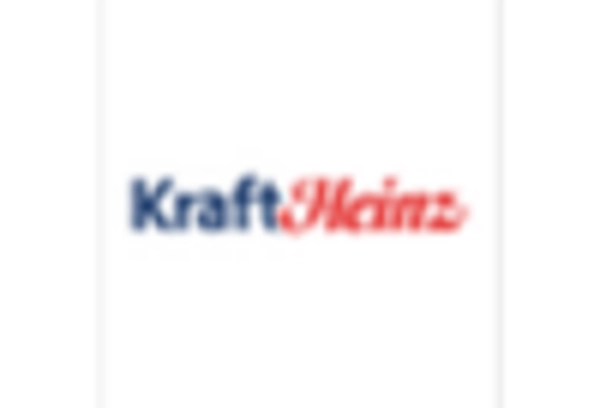

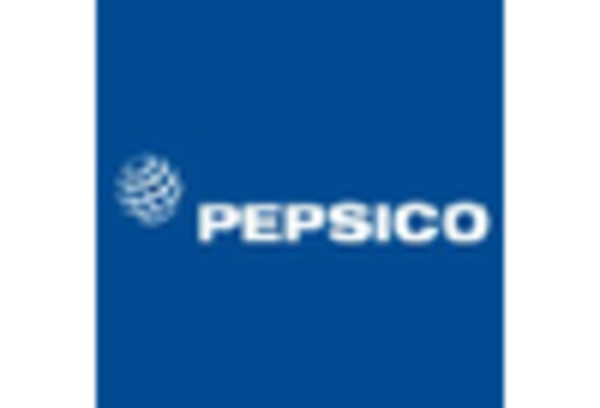








Leave a Comment